John Fenton, Ron Hodkinson0750650923, 9780750650922
Table of contents :
Contents……Page 4
Preface……Page 6
About the authors……Page 8
0.1 Preface……Page 10
0.2 Design theory and practice……Page 11
0.3 Lean production, enterprise structures and networking……Page 20
0.4 Electric-drive fundamentals……Page 23
0.5 EV classification……Page 27
Part 1 ELECTROMOTIVE TECHNOLGY……Page 30
1.2 Case for electric vehicles……Page 32
1.3 Selecting EV motor type for particular vehicle application……Page 44
1.4 Inverter technology……Page 50
1.5 Electric vehicle drives: optimum solutions for motors, drives and batteries……Page 53
2.2 Battery performance: existing systems……Page 58
2.3 Status of the aluminium battery……Page 64
2.4 Advanced fuel-cell control systems……Page 68
2.5 Waste heat recovery, key element in supercar efficiency……Page 79
3.2 Electric truck motor considerations……Page 85
3.3 Brushless DC motor design for a small car……Page 87
3.4 Brushless motor design for a medium car……Page 90
3.5 Brushless PM motor: design and FE analysis of a 150 kW machine……Page 93
3.6 High frequency motor characteristics……Page 97
3.7 Innovative drive scheme for DC series motors……Page 102
4.1 Introduction……Page 109
4.2 Reforming and other hydrogen feedstocks……Page 111
4.3 Characteristics, advantages and status of fuel cells……Page 112
4.4 Thermodynamics of fuel cells……Page 113
4.5 Process engineering of fuel cells……Page 116
4.6 Steps towards the fuel-cell engine……Page 118
4.7 Prospects for EV package design……Page 122
4.8 Fuel-cell vehicles and infrastructure……Page 125
4.9 The PNGV programme: impetus for change……Page 127
Part 2 EV DESIGN PACKAGES/DESIGN FOR LIGHT WEIGHT……Page 131
5.2 Electric batteries……Page 133
5.3 Battery car conversion technology……Page 143
5.4 EV development history……Page 147
5.5 Contemporary electric car technology……Page 150
5.6 Electric van and truck design……Page 156
5.7 Fuel-cell powered vehicles……Page 163
6.1 Introduction……Page 169
6.2 Hybrid-drive prospects……Page 171
6.3 Hybrid technology case studies……Page 174
6.4 Series-production hybrid-drive cars……Page 184
6.5 Hybrid passenger and goods vehicles……Page 192
7.1 Introduction……Page 201
8.3 ‘Punt’-type structures……Page 0
7.3 Plastic mouldings for open canopy shells……Page 206
7.4 Materials for specialist EV structures……Page 210
7.5 Ultra-lightweight construction case study……Page 219
7.6 Weight reduction in metal structures……Page 220
8.1 Introduction……Page 227
8.2 Structural package and elements……Page 228
8.4 Optimizing substructures and individual elements……Page 239
8.5 Designing against fatigue……Page 245
8.6 Finite-element analysis (FEA)……Page 246
8.8 Running gear design for optimum performance and light weight……Page 251
8.9 Lightweight vehicle suspension……Page 259
8.10 Handling and steering……Page 260
8.11 Traction and braking systems……Page 263
8.12 Lightweight shafting, CV jointing and road wheels……Page 269
8.13 Rolling resistance……Page 271
Index……Page 278
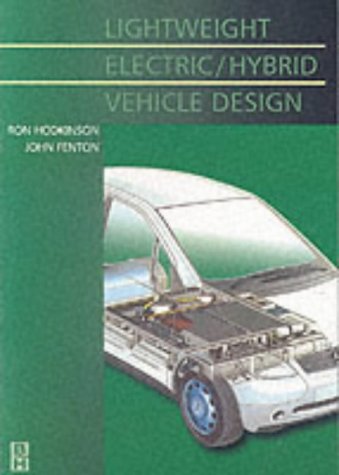
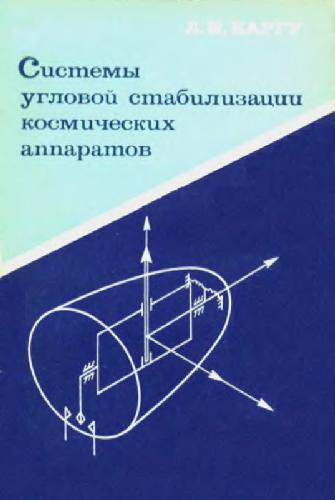

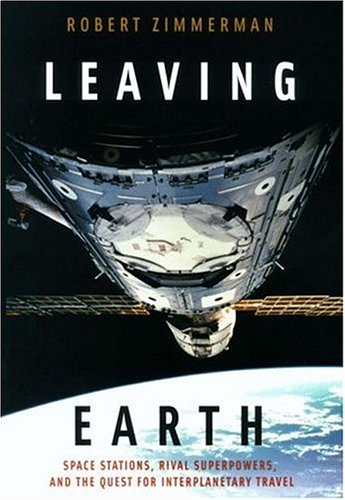

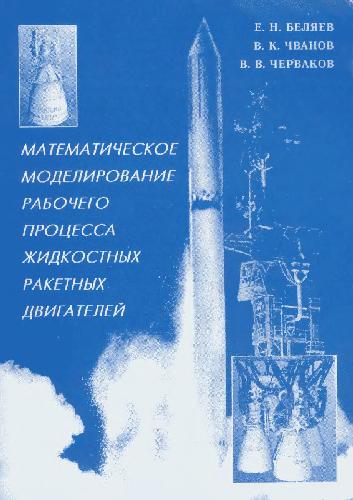
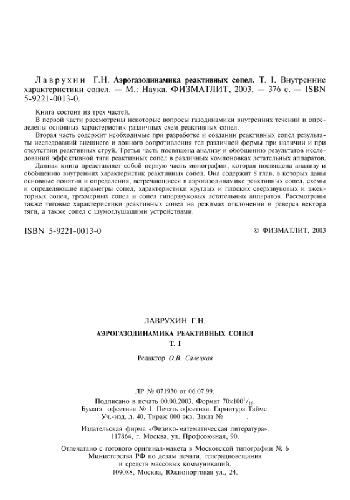
Reviews
There are no reviews yet.